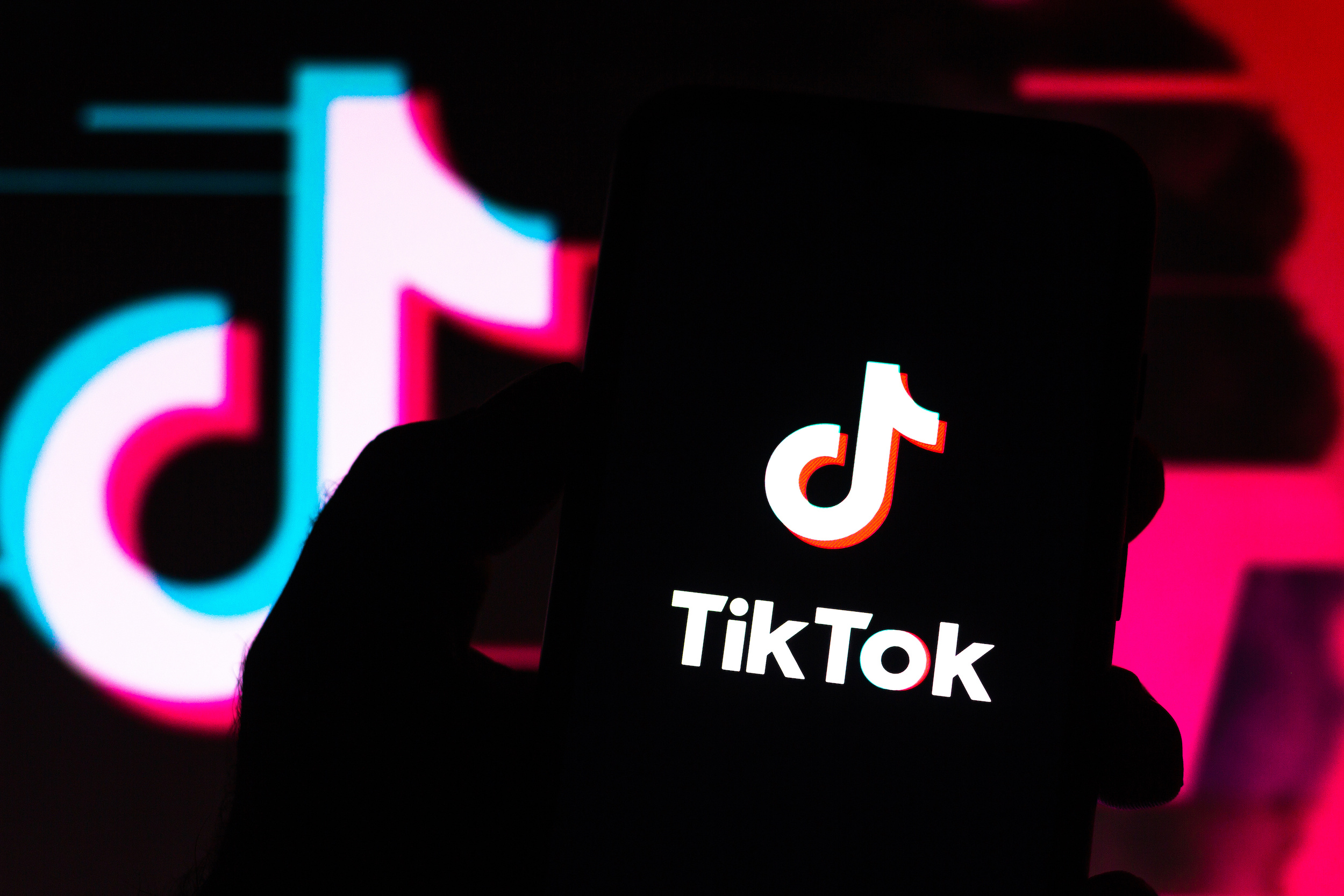
The Evolution of Beauty: From Makeup to Confidence
For decades, makeup has been the go-to tool for enhancing one's appearance. From the bold red lips of the 1950s to the dramatic contouring of the 2010s, cosmetics have long been seen as the quick fix for those looking to boost their confidence. However, in 2025, the beauty landscape is undergoing a significant transformation. The focus has shifted from heavy layers of makeup to practices like hair restoration that emphasize authenticity, wellness, and subtle self-enhancement.
Confidence today is no longer just about what you put on your face. It’s about how you take care of yourself—both physically and mentally. For many, small, natural-looking medical treatments are becoming an integral part of this journey. This shift reflects a broader cultural movement where authenticity, individuality, and well-being are celebrated over surface-level perfection.
The Shift from Cosmetics to Confidence
The beauty industry is experiencing a major reset. Instead of chasing perfection through thick foundation or dramatic contouring, people are embracing the “less is more” philosophy. This change is not just a trend but a reflection of a deeper cultural shift. Today’s beauty standards prioritize genuine self-expression and holistic well-being over unrealistic ideals.
The rise of the clean-girl aesthetic and the popularity of the “no-makeup makeup” trend are clear indicators of this evolution. Glowing skin, brushed brows, and natural tones have replaced full-glam looks as the new standard of aspiration. Even luxury brands are adapting by highlighting skin-first beauty in their campaigns, often featuring models with minimal makeup and visible freckles. This shows that imperfection is now considered part of the ideal.
The Role of Social Media in Shifting Beauty Standards
Social media has played a pivotal role in this transformation. Platforms like TikTok and Instagram have amplified trends such as “skin cycling” and “glass skin,” where the focus is less about hiding flaws and more about achieving a healthy, natural radiance. Gen Z, in particular, has pushed the industry to prioritize transparency and relatability over airbrushed perfection.
Beauty is now being measured not by how much you cover up, but by how confidently you carry your natural self. While makeup still has its place, it’s no longer seen as a necessity to fit in. Instead, it’s viewed as a creative tool to highlight features rather than a mask to conceal them.
Hair Restoration: Confidence from the Roots
Hair restoration has become a key player in the self-confidence conversation. Thicker, fuller hair has long been associated with vitality and youth, and for many, it plays a central role in how they feel about their appearance. As a result, the demand for hair restoration has grown—not purely as a cosmetic fix, but as a confidence-restoring solution.
Treatments like FUE hair transplants offer a minimally invasive, natural-looking solution. Unlike outdated procedures, modern techniques focus on artistry, restoring hairlines that suit a person’s face shape and ensuring results that blend seamlessly. Clinics specializing in hair restoration are at the forefront of this shift, helping patients regain not only their hair but also their confidence.
The Rise of Self-Care Culture
Beyond aesthetics, self-care has evolved into a full-fledged lifestyle movement. Skincare has taken center stage, with elaborate multi-step regimens featuring serums, SPF, retinols, and barrier-repair creams gaining cult followings. Consumers are treating skincare as an investment in long-term confidence rather than just an indulgence.
Self-care extends beyond skincare. Fitness, nutrition, sleep, and mental wellness are now seen as essential components of beauty. People are recognizing that how you feel on the inside directly impacts how you look on the outside. Whether it’s yoga, meditation, mindful eating, or digital detoxing, the focus is on holistic well-being that naturally radiates outward.
Medical Aesthetics Go Mainstream
The stigma around medical aesthetics has largely disappeared. Treatments like Botox, fillers, chemical peels, and skin resurfacing are now part of everyday conversation, widely accessible, and increasingly celebrated as part of a holistic self-care routine. What’s driving this shift is not just accessibility but a change in motivation. People are seeking subtle enhancements that refresh and restore, helping them look natural and more in tune with their authentic selves.
Social media has been a huge catalyst for this normalisation. Influencers and celebrities openly discuss their “tweakments,” making these procedures seem minor and approachable. The industry itself has evolved to match this mindset, emphasizing customized, minimally invasive treatments tailored to individual features.
Beyond Vanity: The Psychology of Feeling Good
Critics often dismiss aesthetics as vanity, but research suggests otherwise. Studies show that when people feel good about their appearance, they experience higher self-esteem, greater confidence in professional and social settings, and even improved mental health.
Younger generations see preventative treatments as part of maintaining overall wellness, no different from a gym membership or regular skincare regimen. Small changes can make a profound impact, helping individuals feel more aligned with their best selves.
Conclusion: Confidence, Redefined
In today’s beauty landscape, confidence comes from a blend of self-care, authenticity, and subtle enhancements. Makeup still has its place, but it’s no longer the only, or even the main, way people define beauty. Instead, the movement is about balance—skincare, mindfulness, fitness, and medical aesthetics all play a role in helping individuals feel radiant inside and out.
The new definition of beauty is not about covering up—it’s about revealing the best version of yourself and embracing the confidence that comes with it.